
John Blenkinsop was an English mining engineer and an inventor of steam locomotives, who designed the first practical railway locomotive.
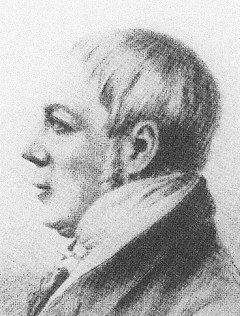
William Hedley was born in Newburn, near Newcastle upon Tyne. He was one of the leading industrial engineers of the early 19th century, and was instrumental in several major innovations in early railway development. While working as a 'viewer' or manager at Wylam Colliery near Newcastle upon Tyne, he built the first practical steam locomotive which relied simply on the adhesion of iron wheels on iron rails.
The Great Western Railway Hawthorn Class were 2-4-0 broad gauge steam locomotives for passenger train work. This class was introduced into service in 1865, a development of the Victoria Class.
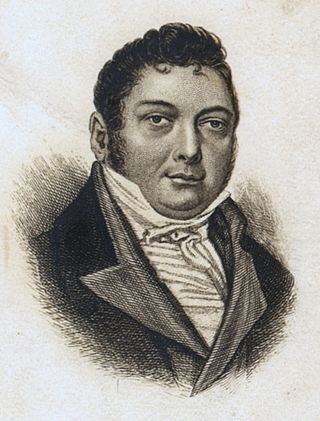
Matthew Murray was an English steam engine and machine tool manufacturer, who designed and built the first commercially viable steam locomotive, the twin cylinder Salamanca in 1812. He was an innovative designer in many fields, including steam engines, machine tools and machinery for the textile industry.
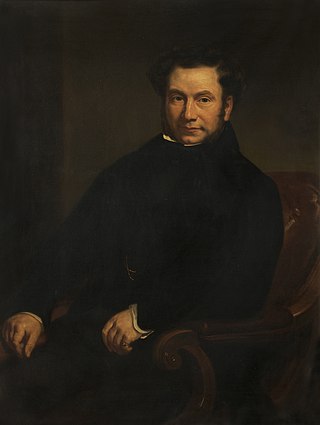
Benjamin Hick was an English civil and mechanical engineer, art collector and patron; his improvements to the steam engine and invention of scientific tools were held in high esteem by the engineering profession, some of Hick's improvements became public property without claiming the patent rights he was entitled to.

The Middleton Railway is the world's oldest continuously working railway, situated in the English city of Leeds. It was founded in 1758 and is now a heritage railway, run by volunteers from The Middleton Railway Trust Ltd. since 1960.
B. Hick and Sons, subsequently Hick, Hargreaves & Co, was a British engineering company based at the Soho Ironworks in Bolton, England. Benjamin Hick, a partner in Rothwell, Hick and Rothwell, later Rothwell, Hick & Co., set up the company in partnership with two of his sons, John (1815–1894) and Benjamin (1818–1845) in 1833.

Sharp, Stewart and Company was a steam locomotive manufacturer, initially located in Manchester, England. The company was formed in 1843 upon the demise of Sharp, Roberts & Co.. It moved to Glasgow, Scotland, in 1888, eventually amalgamating with two other Glaswegian locomotive manufacturers to form the North British Locomotive Company.

Rothwell, Hick and Rothwell was an engineering company in Bolton, England. Set up in 1822, the partners became interested in the production of steam locomotives after the Rainhill Trials. The company's first engine was Union, a vertical boiler, 2-2-0 with horizontal cylinders for the Bolton and Leigh Railway of which Hick and Rothwell were promoters and original shareholders, followed by three more locomotives the following year for American railways.
The Railway Foundry, Leeds, was a railway engineering workshop off Pearson Street, in Hunslet, Leeds, West Yorkshire, England. It was established in 1838 by Shepherd and Todd. Charles Todd had been a partner in Todd, Kitson & Laird but left to set up his own business in 1838, setting up the Railway Foundry with a Mr. Shepherd to build locomotives and rolling stock.

E. B. Wilson and Company was a locomotive manufacturing company at the Railway Foundry in Hunslet, Leeds, West Yorkshire, England.
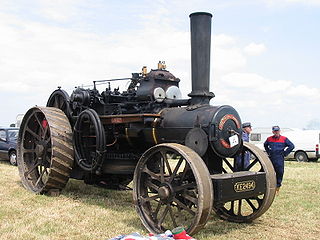
John Fowler & Co Engineers of Leathley Road, Hunslet, Leeds, West Yorkshire, England produced traction engines and ploughing implements and equipment, as well as railway equipment. Fowler also produced the Track Marshall tractor which was a tracked version of the Field Marshall. British Railways Engineering Department locomotives ED1 to ED7 were built by Fowler
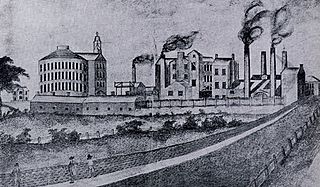
The Round Foundry is a former engineering works off Water Lane in Holbeck, Leeds, West Yorkshire, England. Founded in the late 18th century, the building was developed into the Round Foundry Media Centre in 2005.

The Butterley Company was an English manufacturing firm founded as Benjamin Outram and Company in 1790. Its subsidiaries existed until 2009.
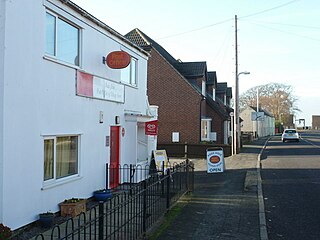
Pode Hole is a small village 2 miles (3.2 km) to the west of the centre of Spalding, Lincolnshire, England. The village lies at the confluence of several drainage channels, where two pumping stations discharge water into Vernatt's Drain from land in Deeping Fen to the South and West. Water from Pinchbeck South Fen to the North is also lifted into Vernatt's Drain. The village arose to service the pumping stations.
Joseph Glynn, FRS FRSA was a British steam engine designer.

Joshua Routledge was an engineer and inventor of the early 19th century during the Industrial Revolution.

Murray's Hypocycloidal Engine, now in Thinktank, Birmingham Science Museum, England, was made around 1805 and is the world's third-oldest working steam engine and the oldest working engine with a Tusi couple hypocycloidal straight line mechanism.














